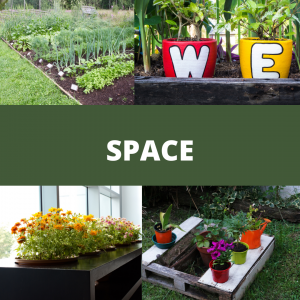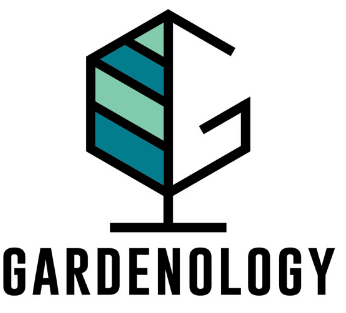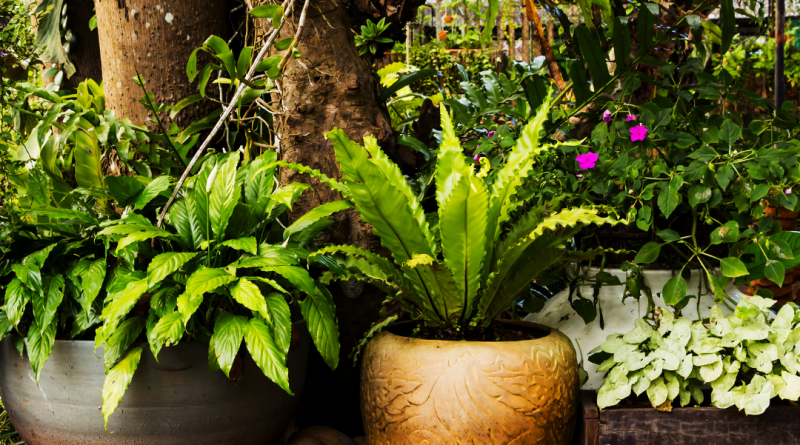How to Design A Garden That Is Perfect For You
Growing your food or ornamental plants can be very rewarding and even therapeutic. Some common myths are that you need a big space to have a garden or that you need to know what you are doing to garden successfully. None of this is true. You can enjoy the pleasures of gardening even with one potted plant or have a fully-fledged garden on a balcony. Gardening is also best learnt through trial and error. The experience gained from learning how your plants react to your environment is the knowledge that no one can take away from you. So how does one go about designing a garden?
1) Space

The first thing to consider is the space you have available for gardening. Are you going to grow on the ground or in containers? Are you growing indoors or outdoors? or both?
2) Soil
Whether you are growing in the ground or in containers, you most likely will need some good soil. Of course, you can choose to grow some plants in water only, but water gardening is another topic we shall cover. So let us assume you will grow in soil (growing media). You need to ensure you have nice and healthy (preferably organic) growing media for your plants.
3) Purpose of The Garden
Here is where you think about what you really want. Do you want to grow herbs, flowers, houseplants, grass, trees? What ‘problem’ do you want the garden to solve? This is the point at which you start to think about the design.
5) Sun (Light)
How much light (natural or artificial) is available in the space you want to garden? This
6) Time
Time is an important factor to consider when designing your garden. How much time will you have to look after the garden or the plants?
Ideas to work with
A) Colour
Colour adds life to any space.
Whether you are gardening indoors or outdoors, you can always have colour. There are different ways to add colour:-
– Plants with flowers or colourful and unique foliage
Plants with colourful or variegated foliage are a great way of adding colour to your space. For an indoor garden, plants with variegated leaves are perfect and the key to success is to place them at a spot with bright indirect light. For a balcony or outdoor space, you can work with flowering plants, like roses, geraniums, campanula, hydrangea, anthuriums all of which are readily available in Kenya. Succulents are also a great option for both indoors and outdoors and some of them produce beautiful flowers.
– Colourful Containers
Colour can also be achieved through the use of containers or pots. There are lots of colourful plastic and terracotta pots on sale in Kenya.
B) Function
Another choice for your garden is to have a vegetable or herb garden. These usually require a little more work and research than a flower or ornamental garden, but
can be much more rewarding. No matter what time of the year it is, you can usually find one vegetable that is still prospering. That way you can have your garden be giving you produce almost every day of the year! When
starting a vegetable garden, you should build it with the thought in mind that you will be adding more types of veggies later. This will help your expandability. Once all your current crops are out of season, you won’t be stuck with almost nowhere to put the new crops. A vegetable or herb garden is ideal for someone who wants some produce and can put in some extra time to tend to the crops for a successful harvest.
In conclusion, your perfect garden type comes down to what kind of product you want, and how much work you want to put into it. If you’re busy and have limited time to put in your garden, go with an ornamental garden.
If you want a functional garden and you have some time to work on the garden why not grow a variety of veggies and herbs. If you are a complete newbie, remember to start small and build as you grow !

